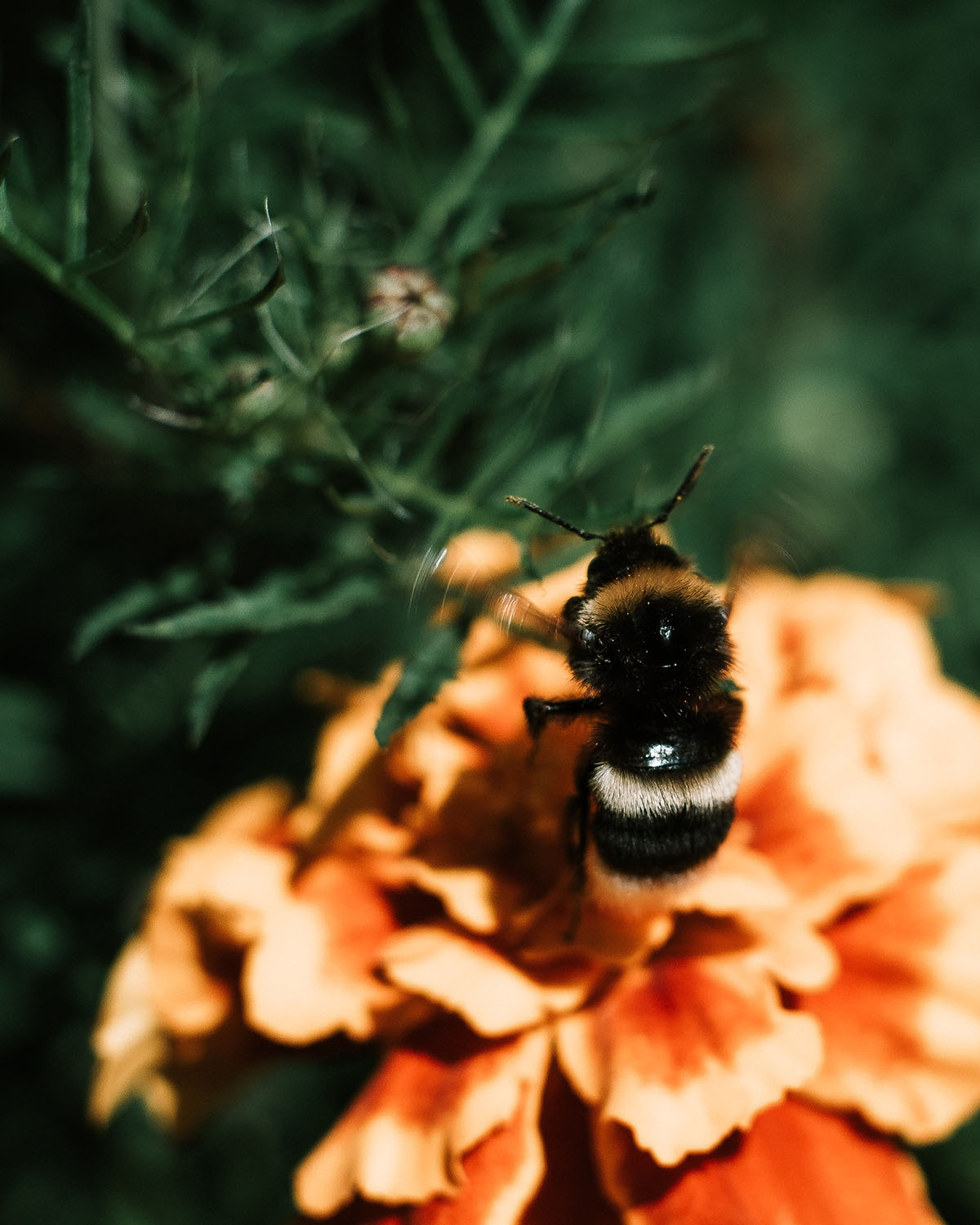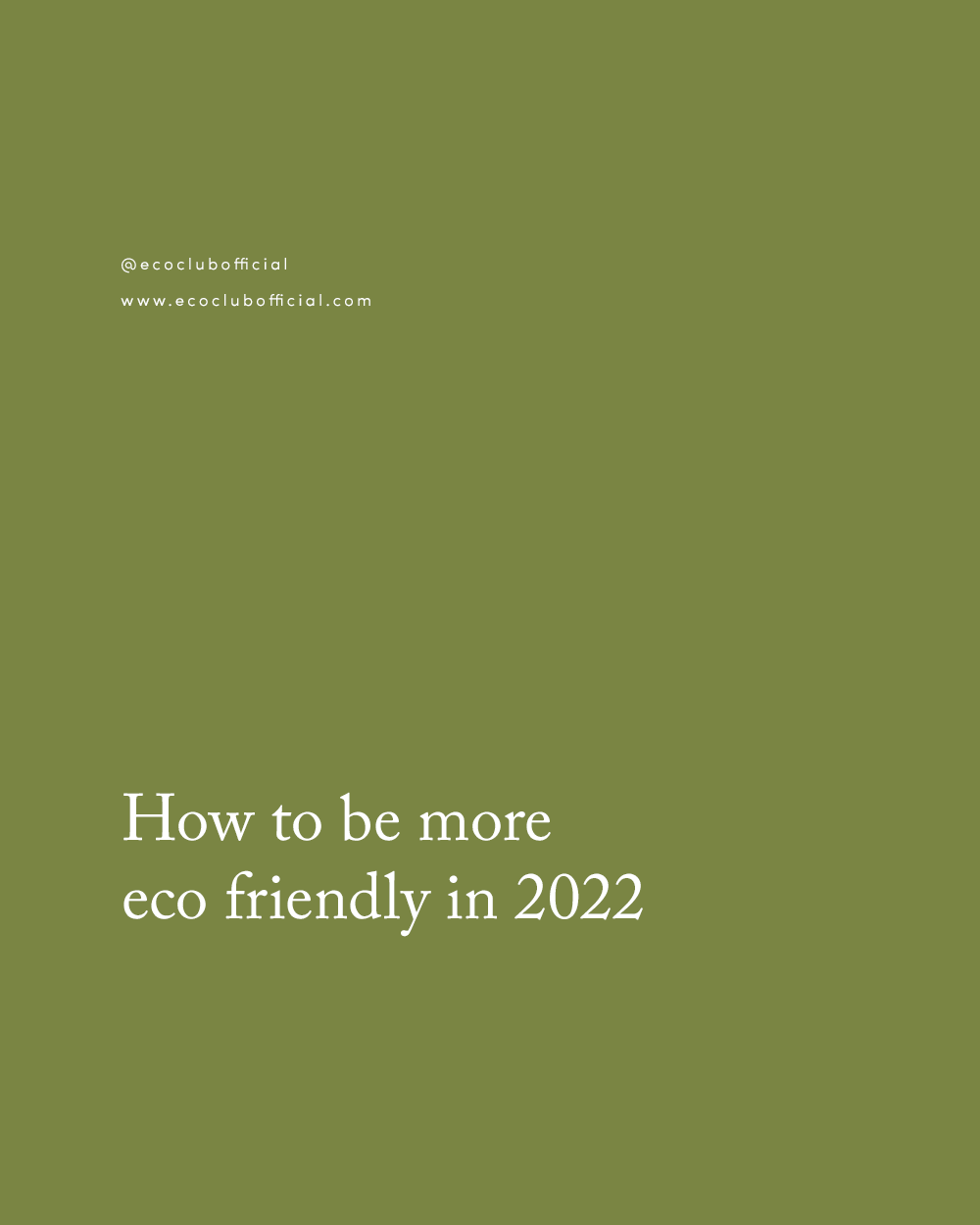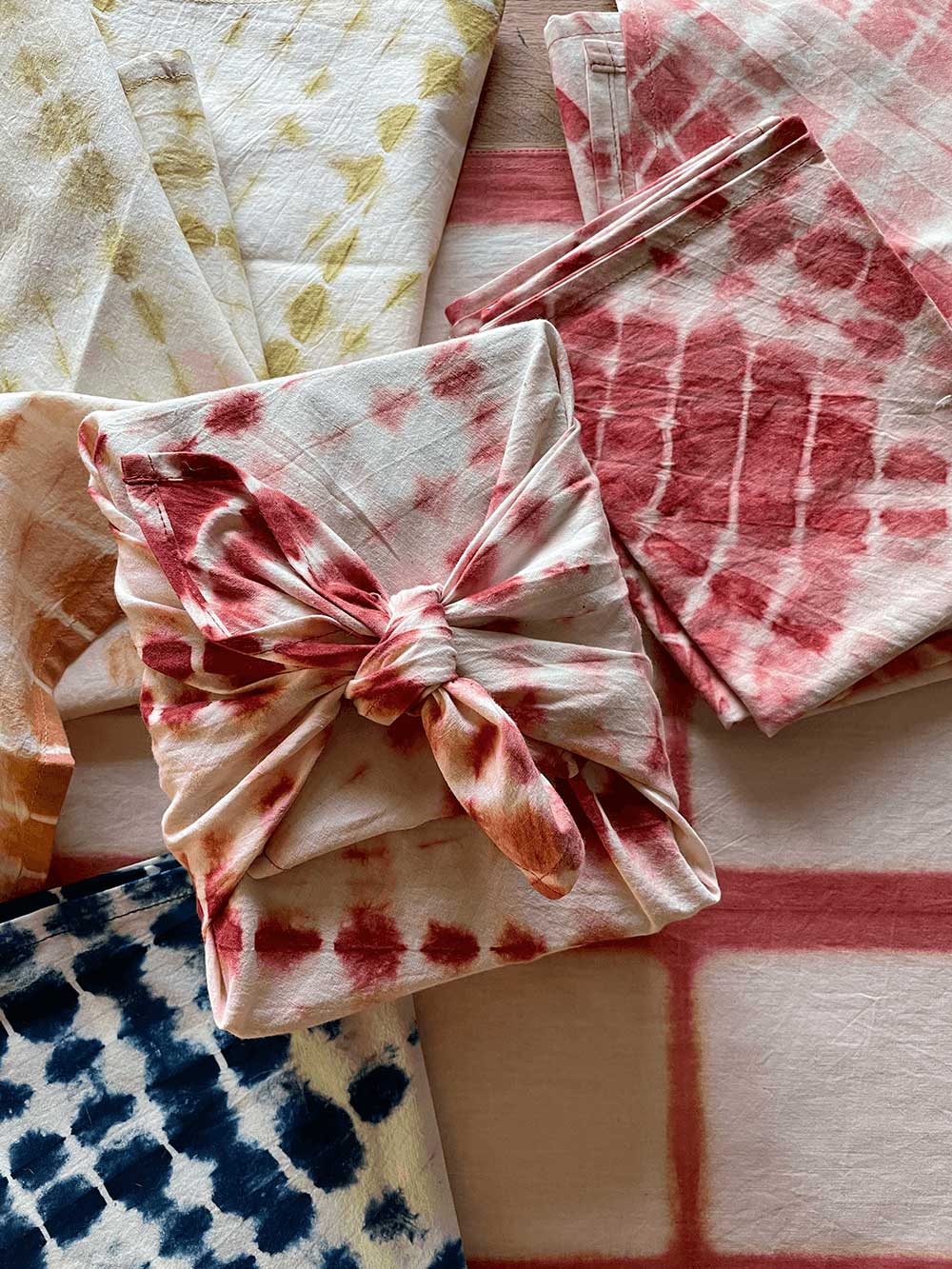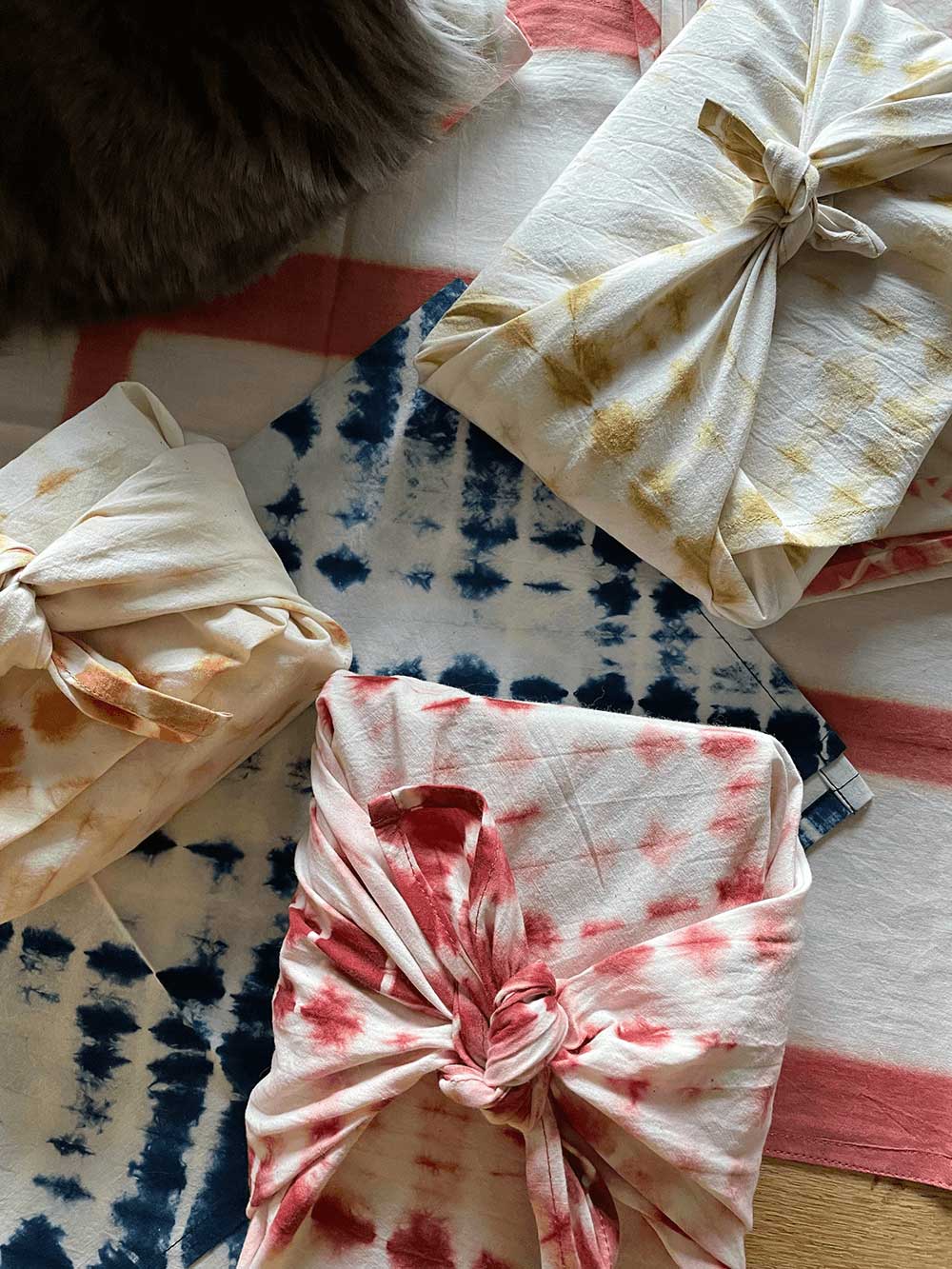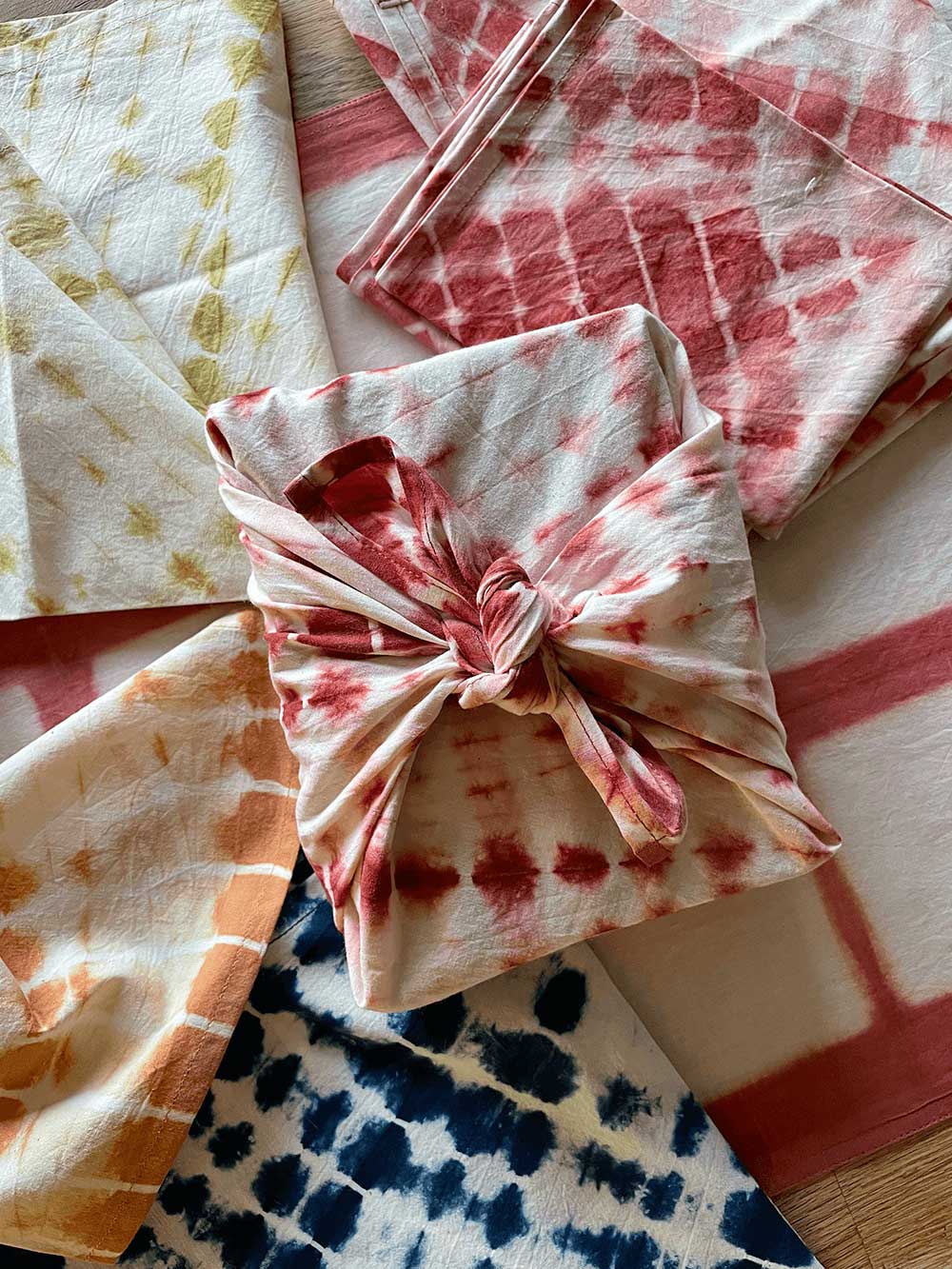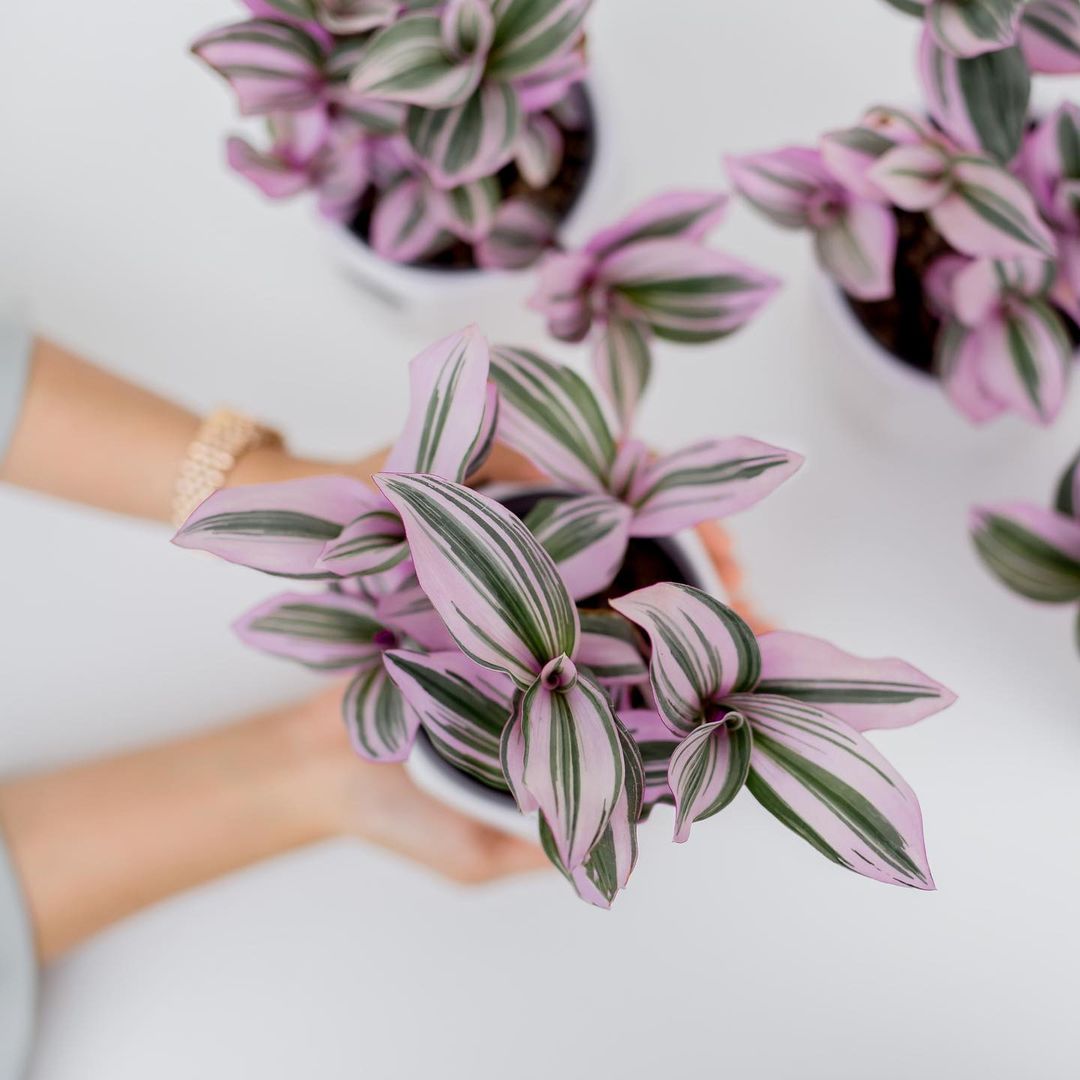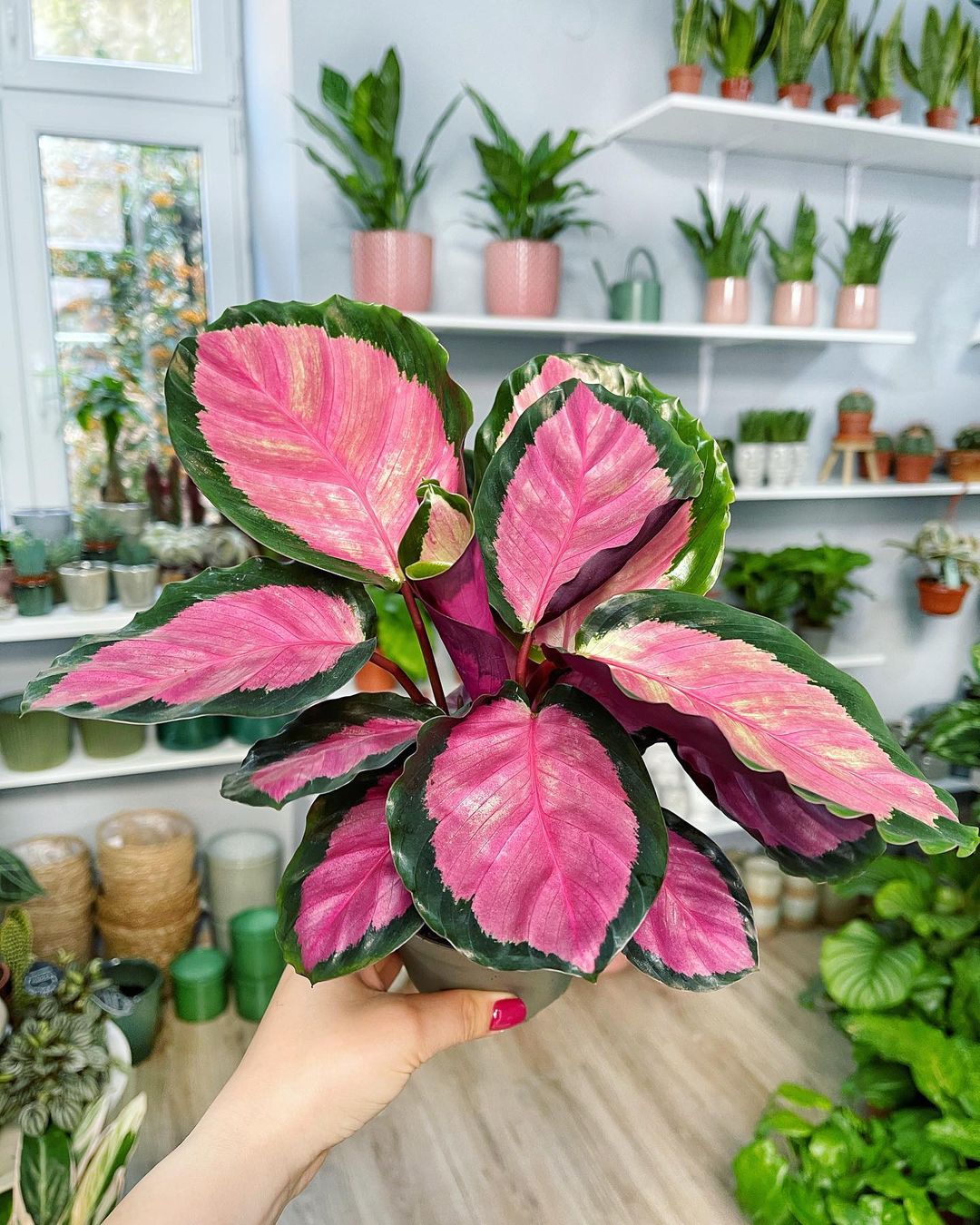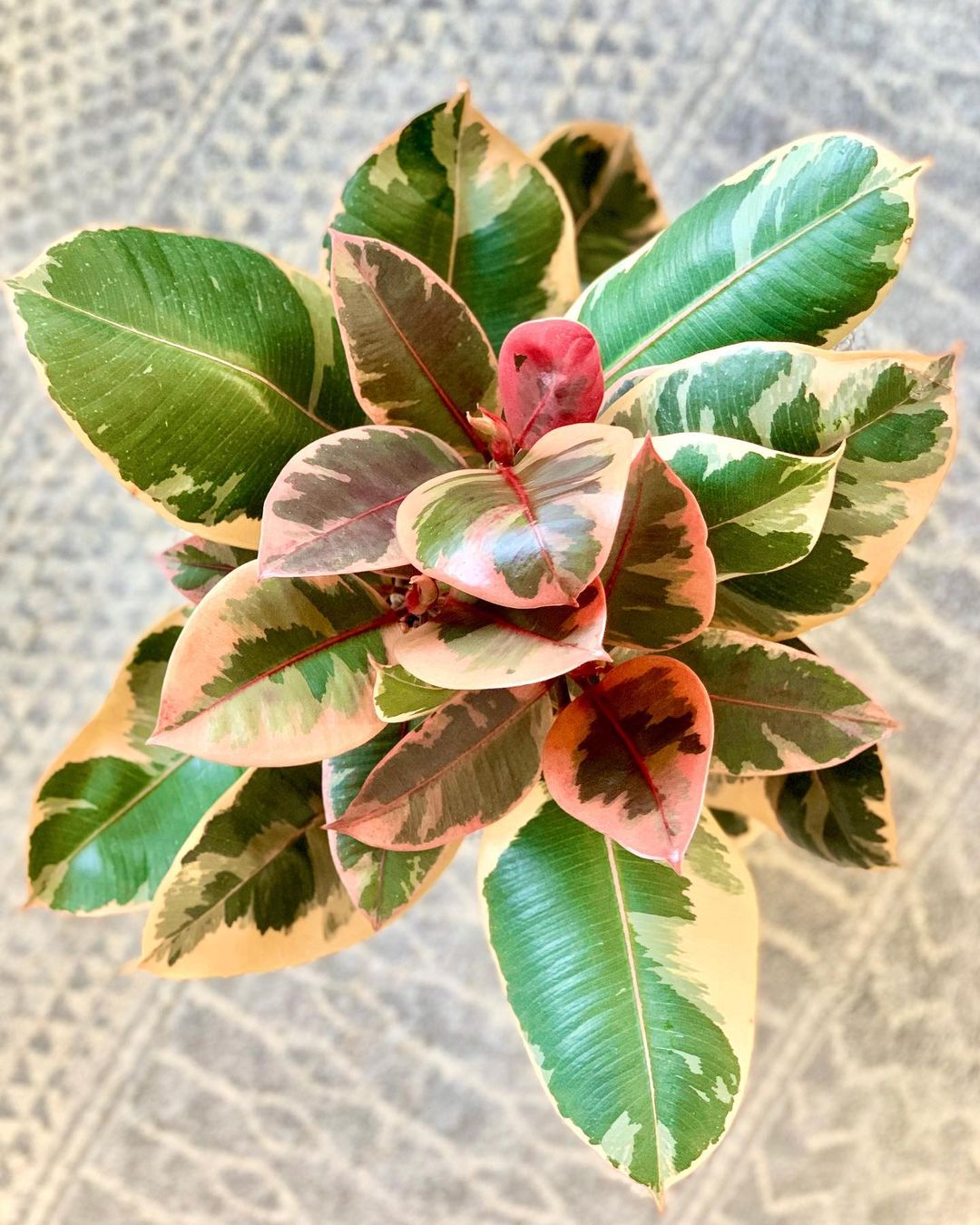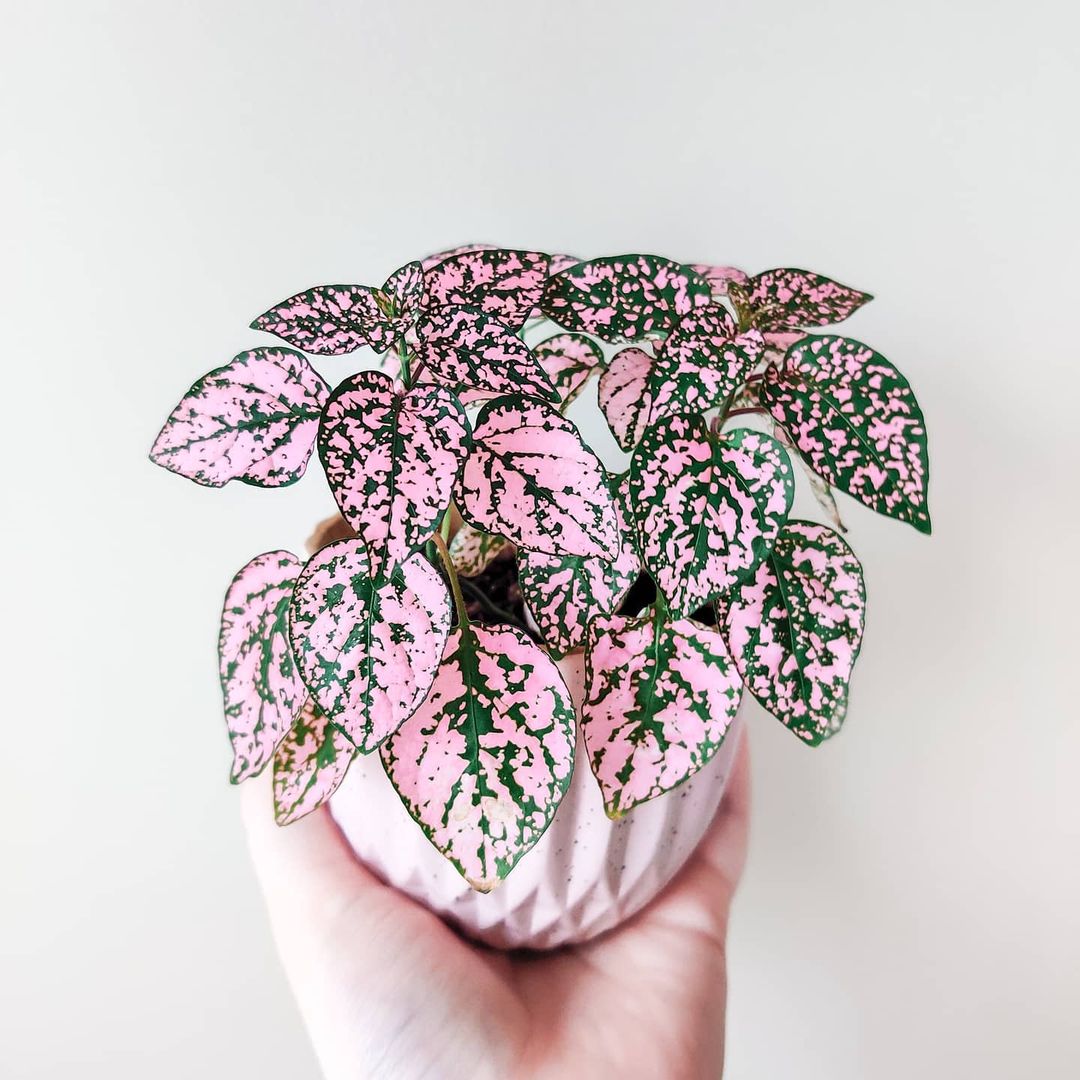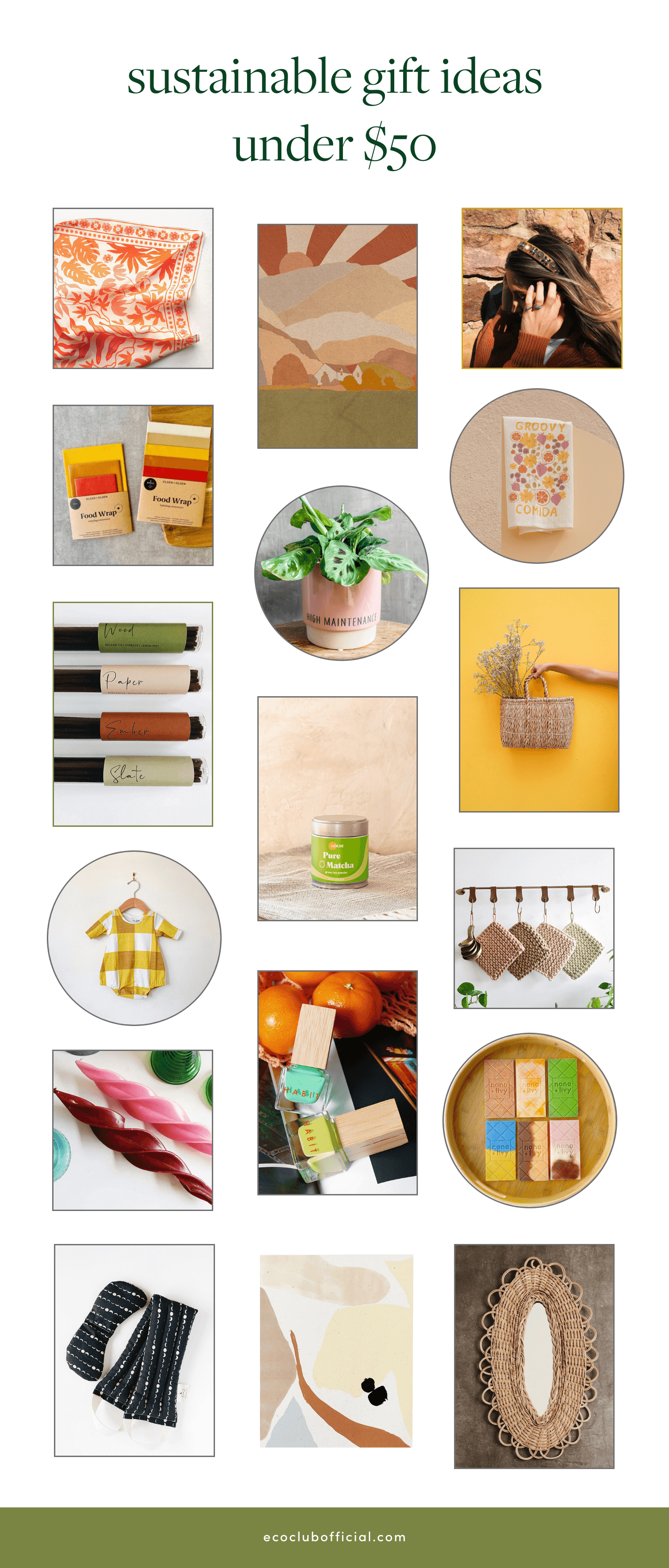Remember those fun Furoshiki style wrapped gifts we shared last month? The fabric used was actually artisan made, hand-dyed napkins from eco club member and ethical brand TerraKlay, based out of Chicago. I love that the napkins can be both the gift itself, and the package–they’re that pretty. Of course, I wanted to show them off in their intended state, as reusable napkins, to adorn a colorful holiday table. They offers sets of Geetha Shibori Dyed Cotton Napkin in six colors, four of which we used below. Read on to see how our colorful tablescape turned out, and enter to win a set of TerraKlay napkins for your own table over on our Instagram later today.
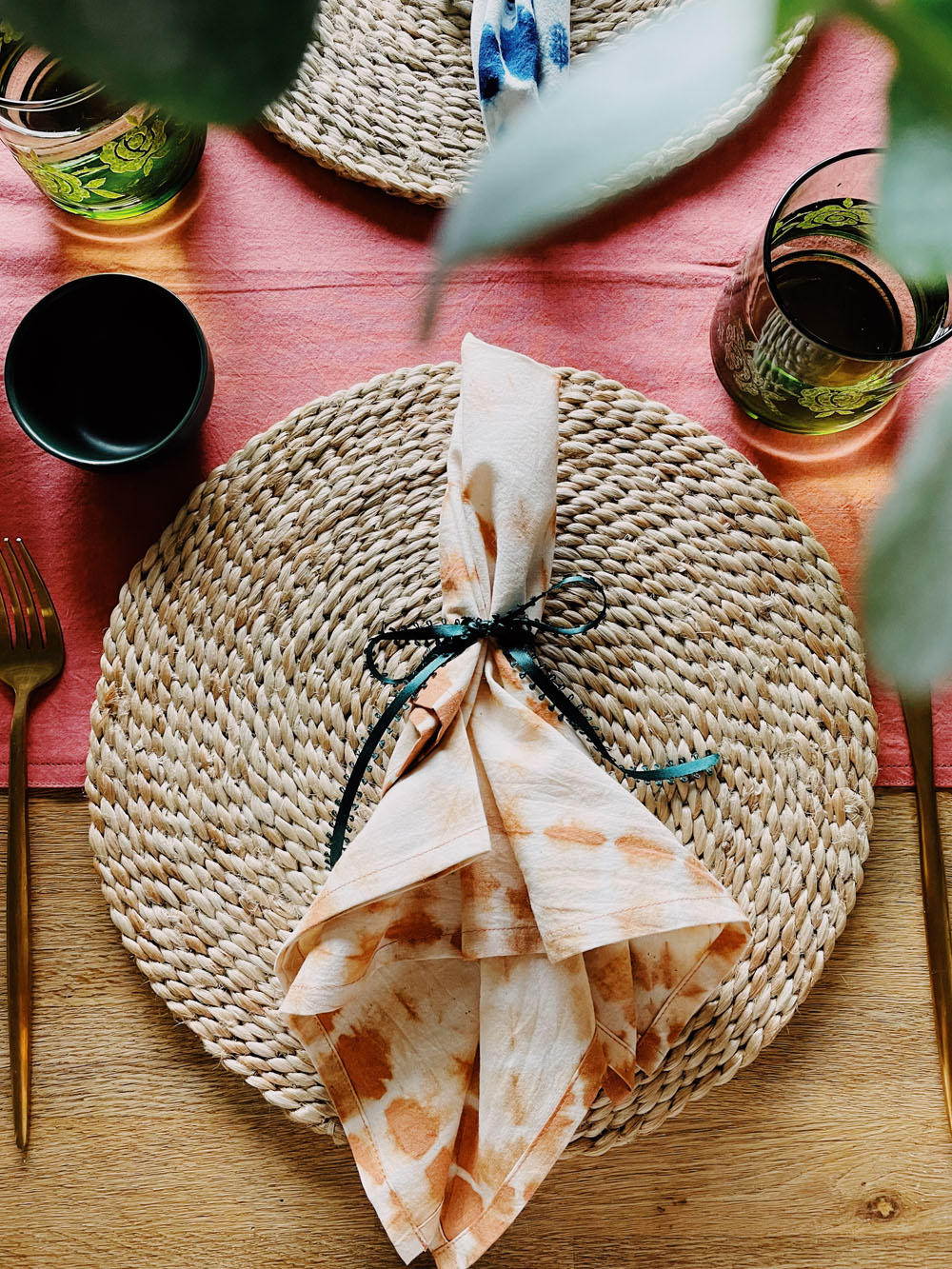
The striking table runner we used is actually two-sided! It’s the Chechi Runner in Pink, another entertaining essential that comes in seven hues.
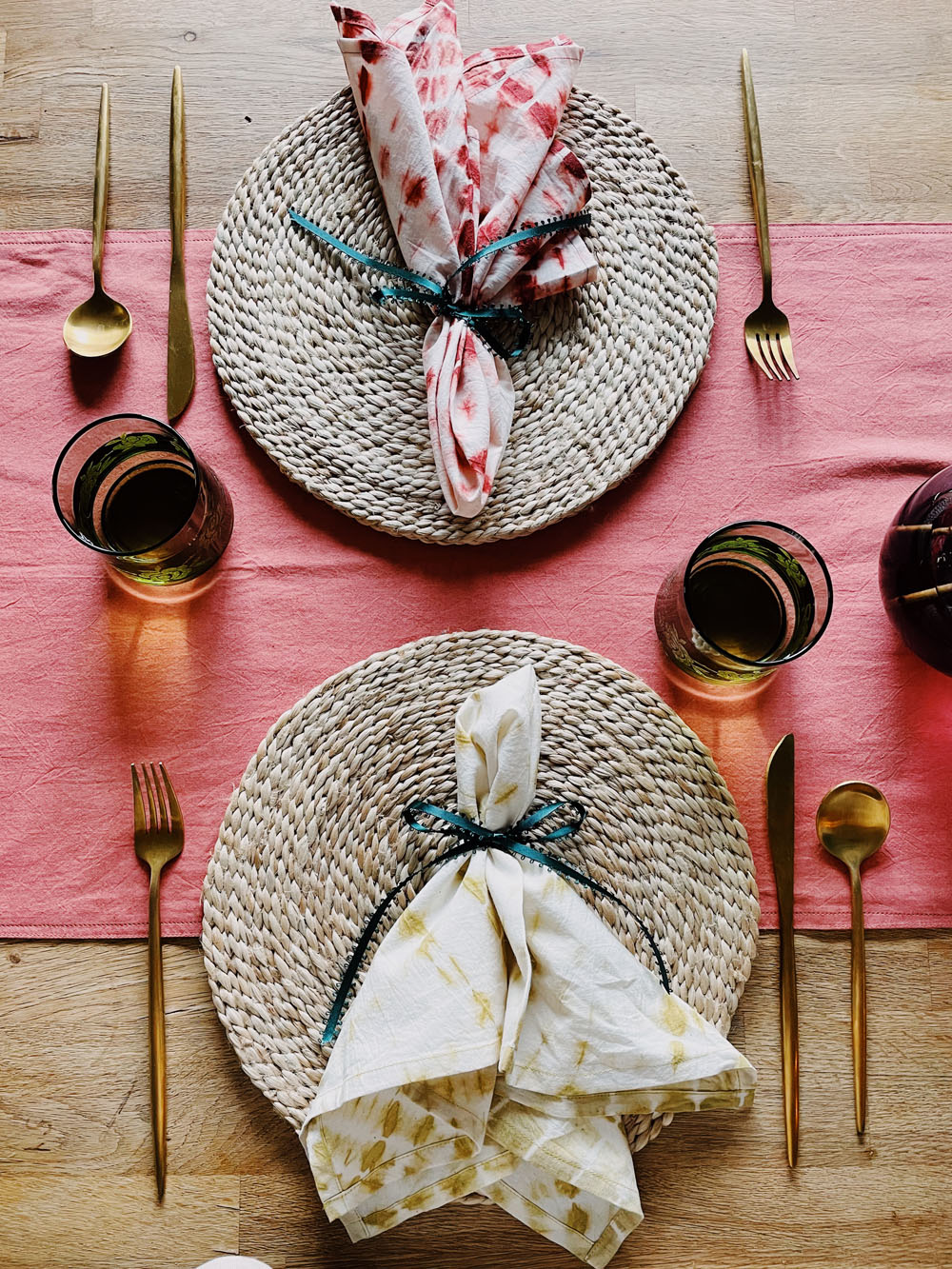
I’ve used these jute placemats for pretty much every dinner I’ve thrown (and photographed) in the last five years. They are from fair trade decor brand Will + Atlas, and truly fit any vibe I’m going for, such as this more formal Friendsgiving spread. TerraKlay offers a similar design made of upcycled banana fibers.
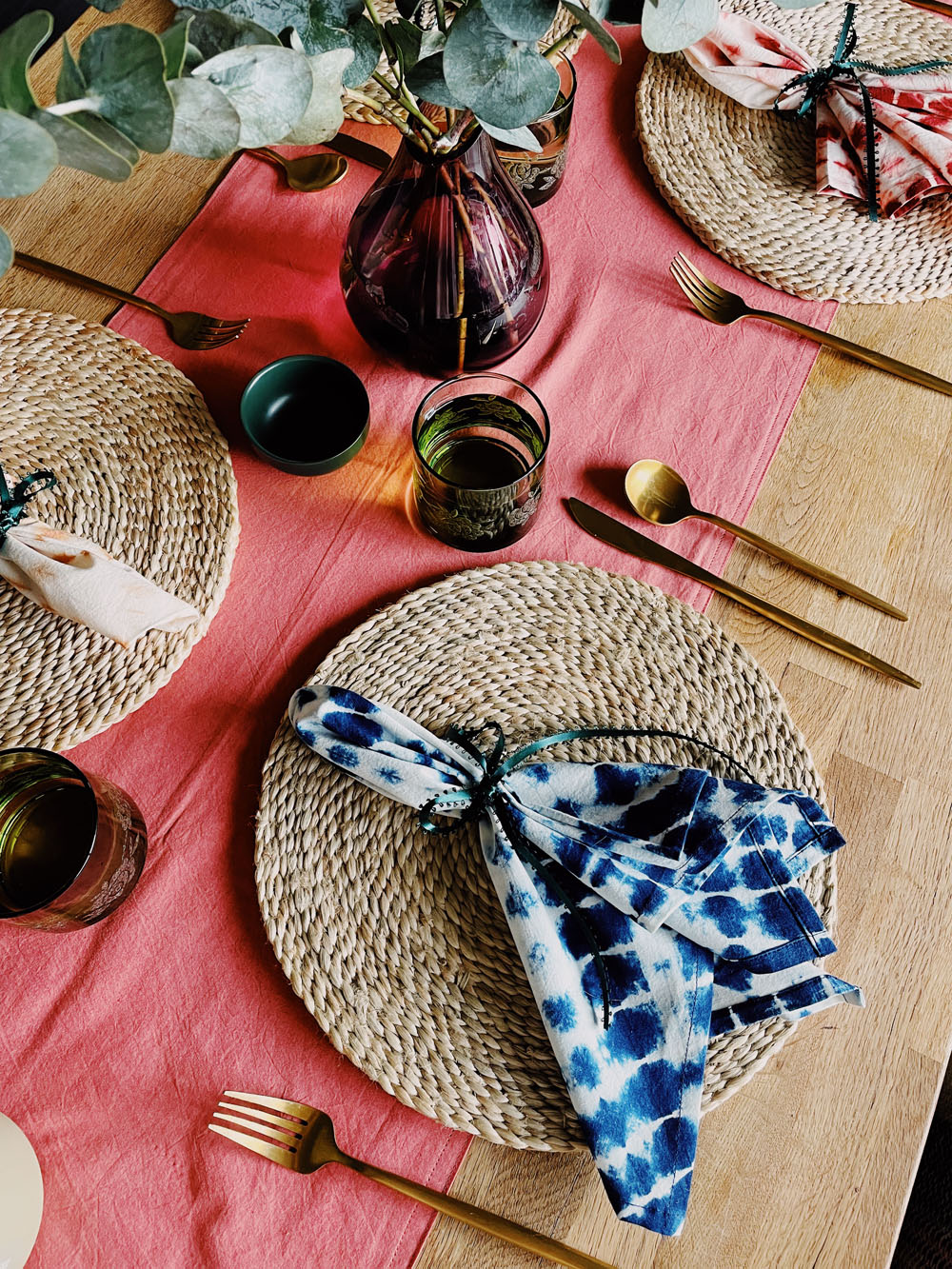
The green glasses are a vintage set from Etsy that I scooped up earlier this year, and I got the vase at Goodwill.
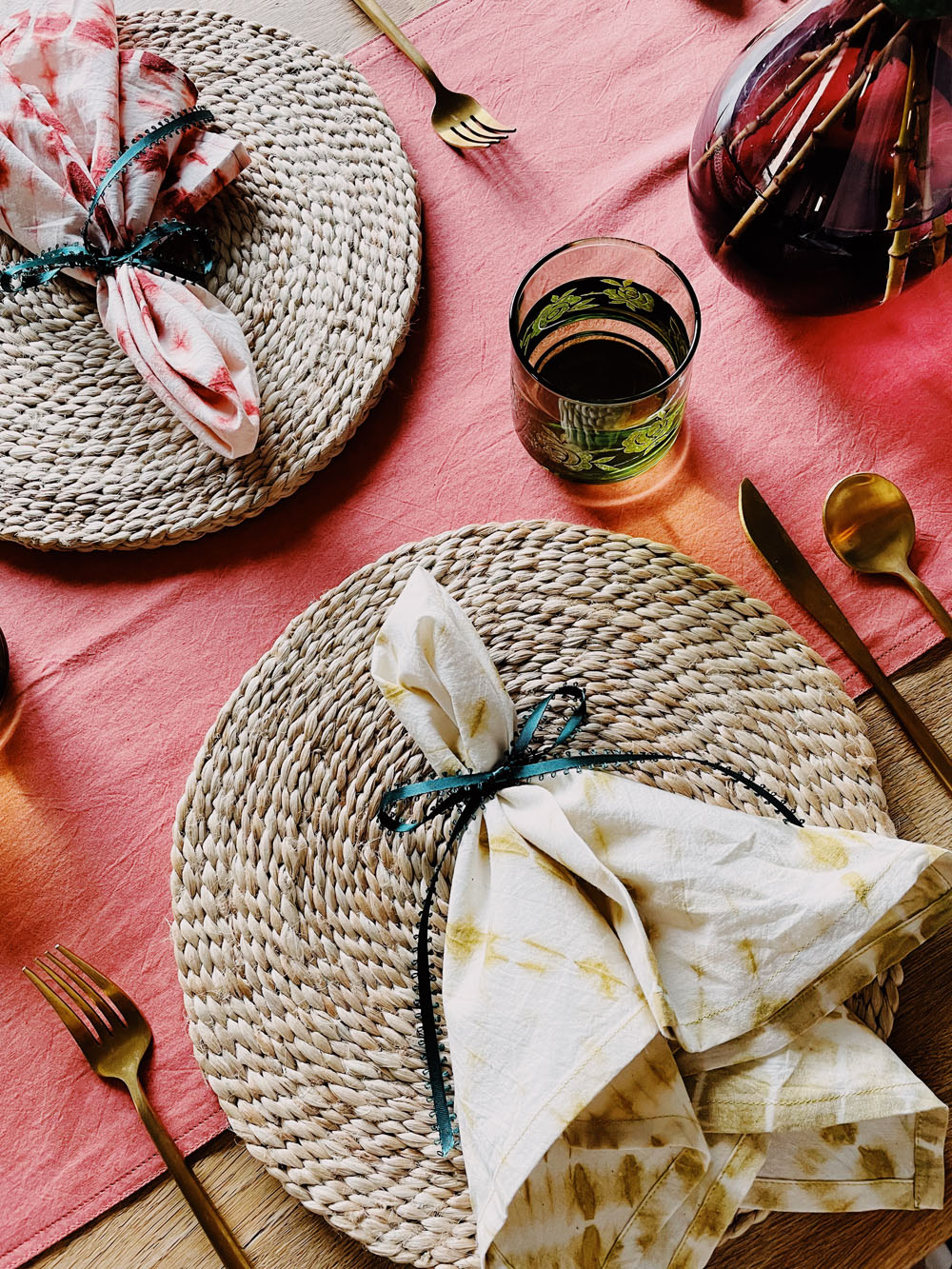
Back to the napkins. The Shibori dyed patterns on them are really lovely, and I noticed right away how much more beautiful they look in-person versus photos (though I tried to capture as best I could!). TerraKlay’s textiles and decor are made by people, not factories, in India, who have been working in their craft for generations. They also partner with young adults to support their vocational education. Learn more about their team and founder Manvee Vaid here.
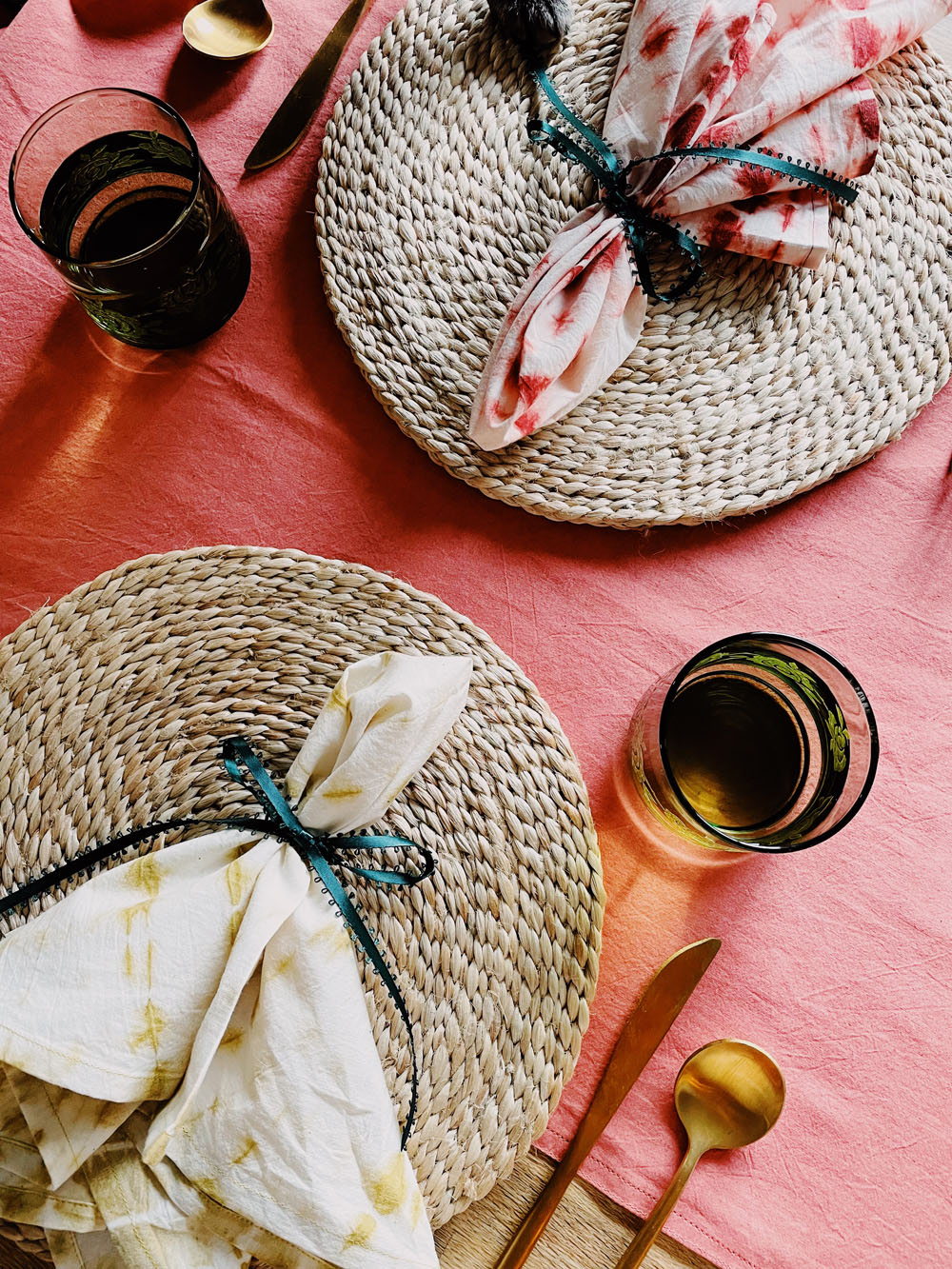
Pro tip: Tie scrap ribbon from your holiday gift wrapping around your napkins for cute bow “rings” that make each place setting look like a present!
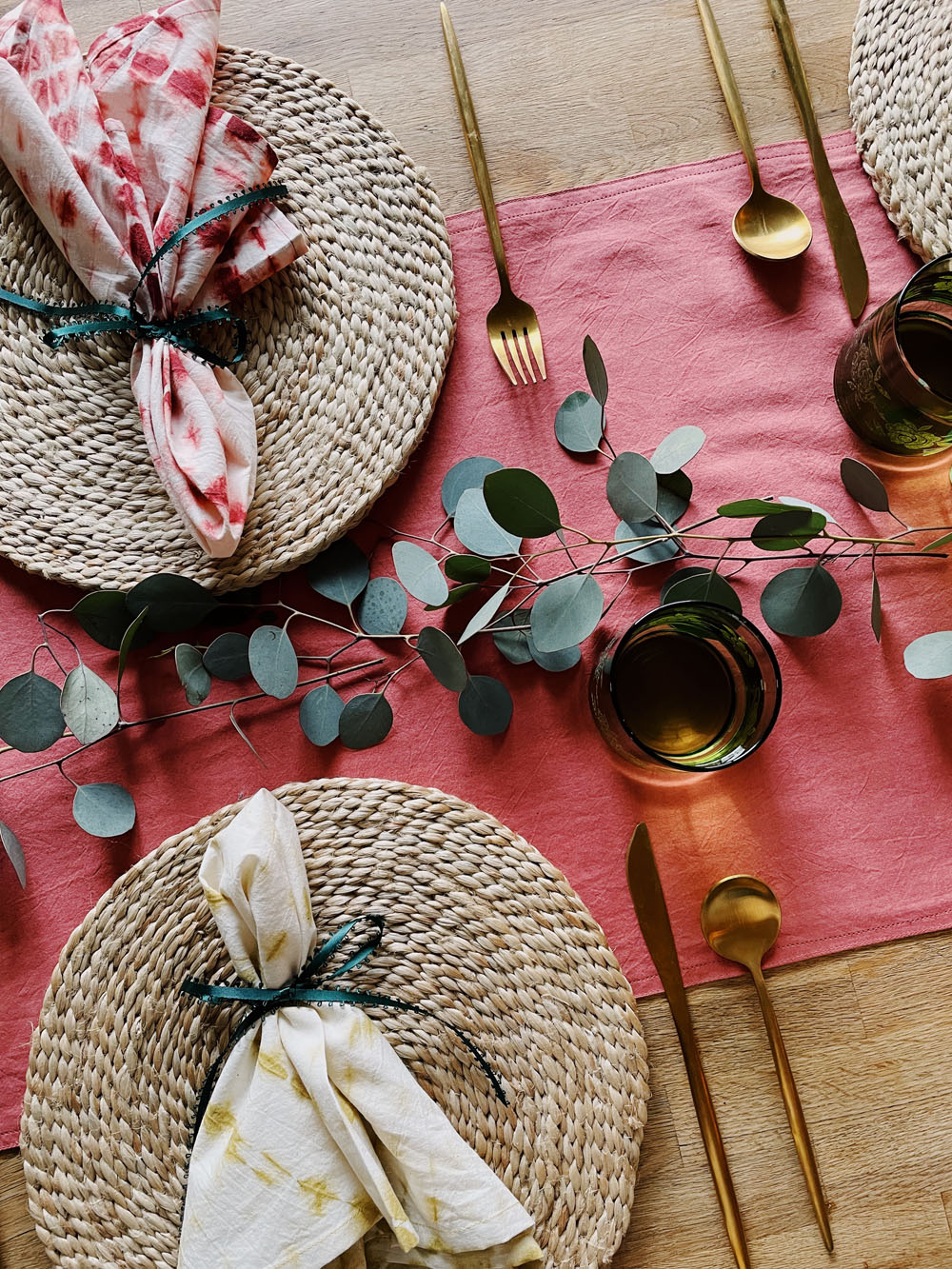
This eucalyptus was dried up and on its way out, but it still made for a pretty table garland in a pinch. Next time I’ll add some candles into the mix.
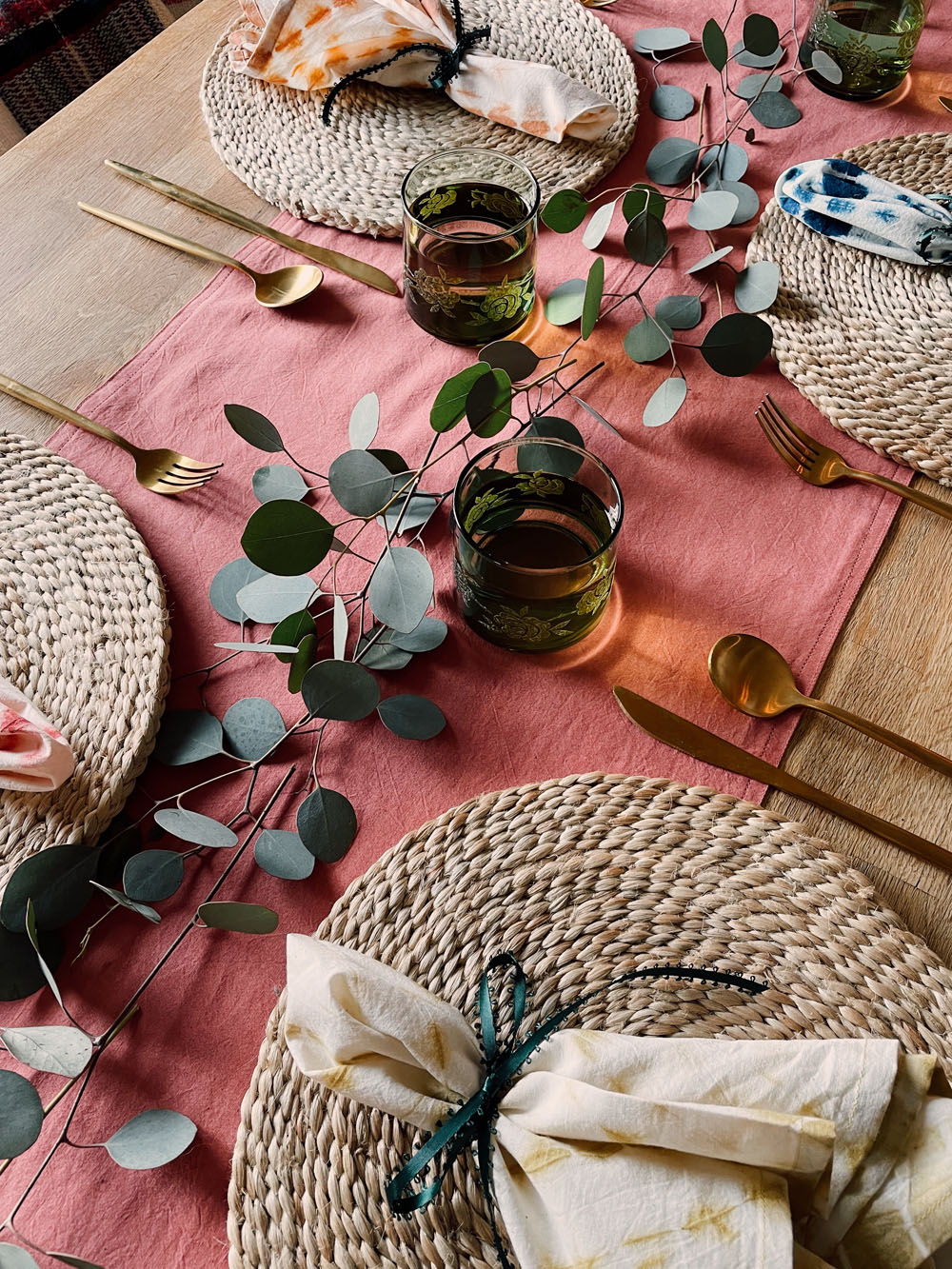
The shop offers other artisan homewares like mugs, tea towels, throw blankets, and cookware.
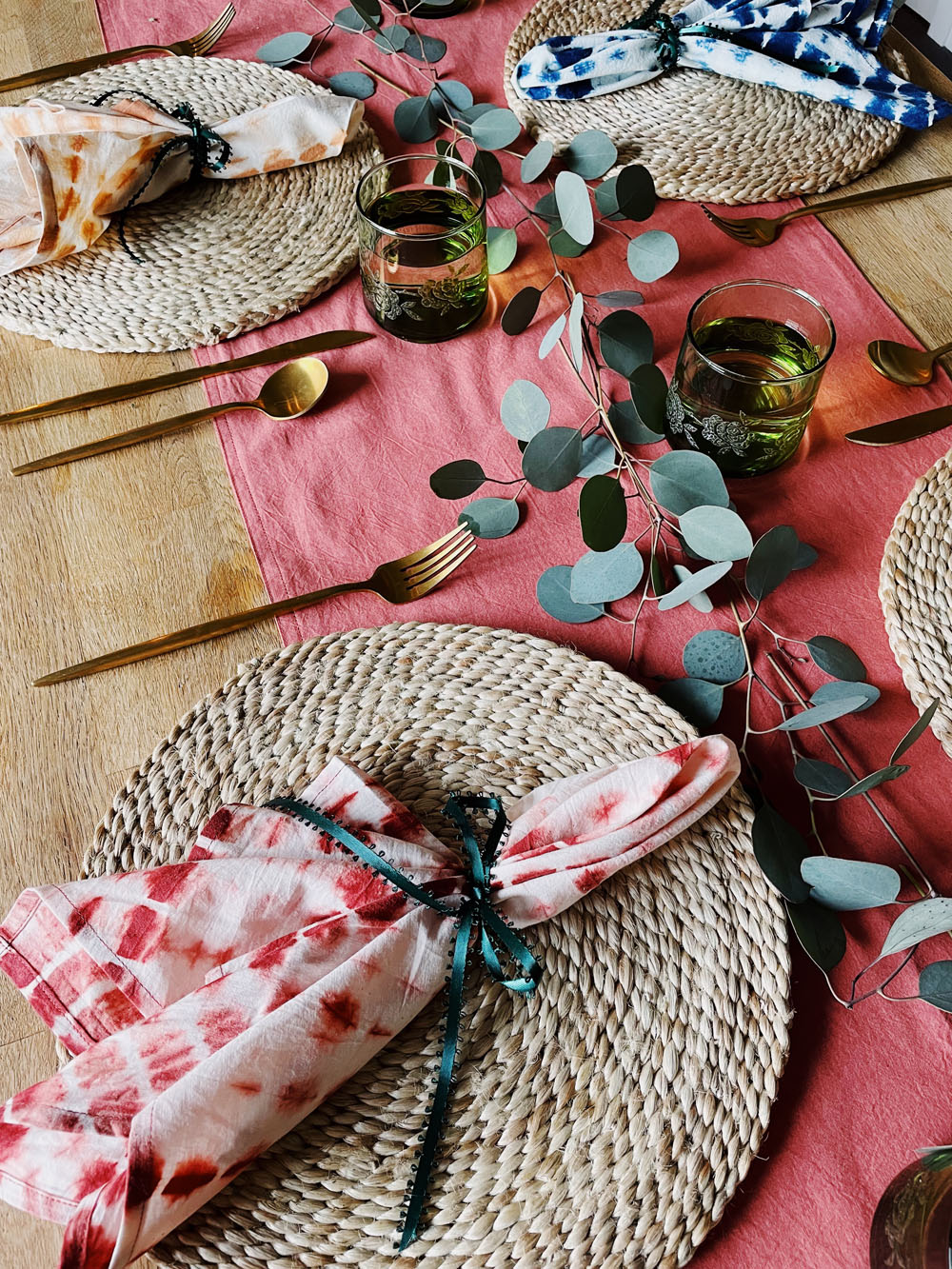
If you’re looking to set a more formal holiday table, nest your salad and dinner plates in between the placemat and napkins. I chose to keep them off as our dinner was served buffet-style, with guests claiming a plate at the beginning of the line before heading to their seat.
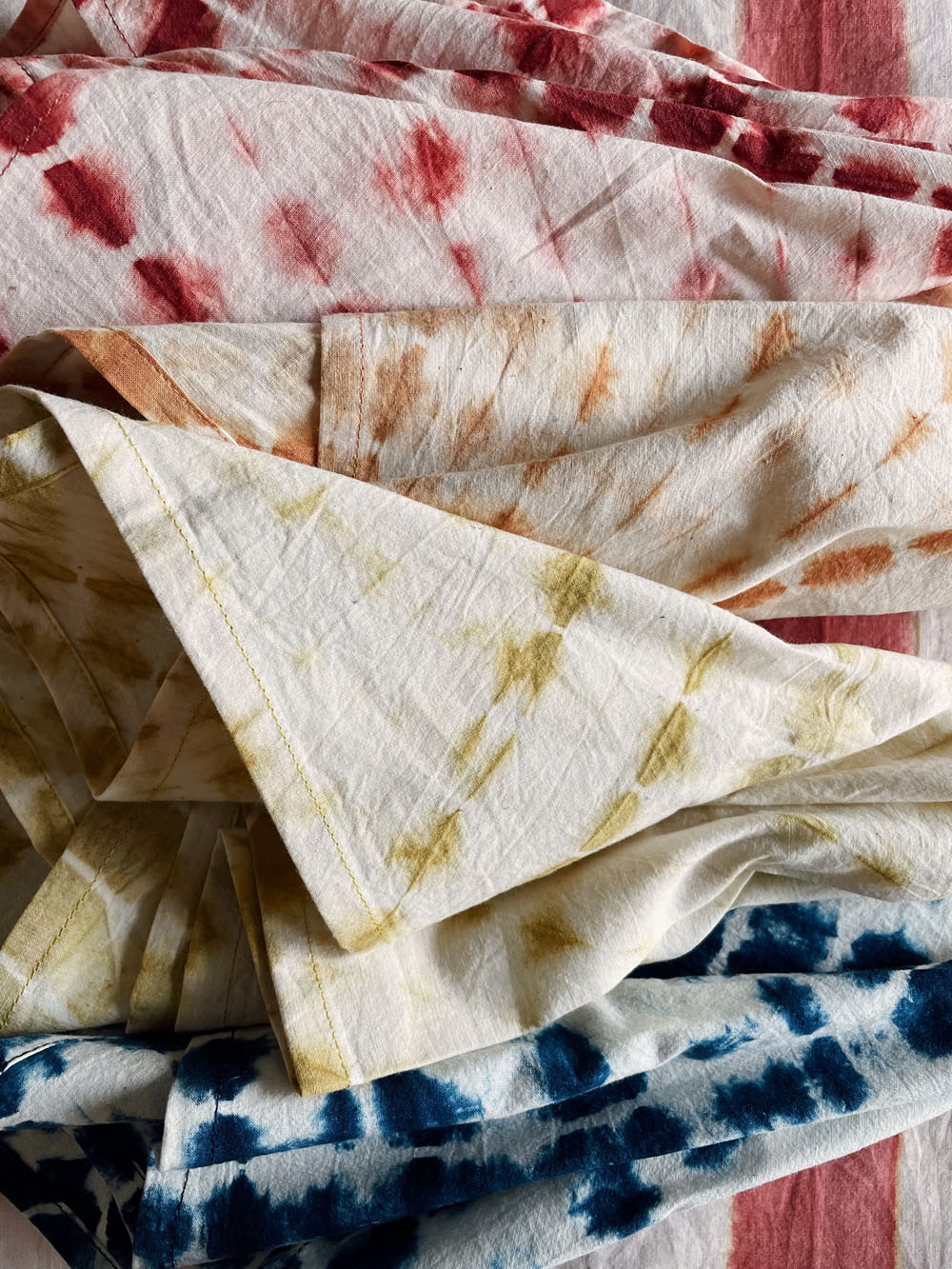
Here’s a close up of the four napkin colors on our pink runner. I’m all for unconventional pops of color, but I have to say the traditional Indigo is my favorite here. I love the richness of the dye.
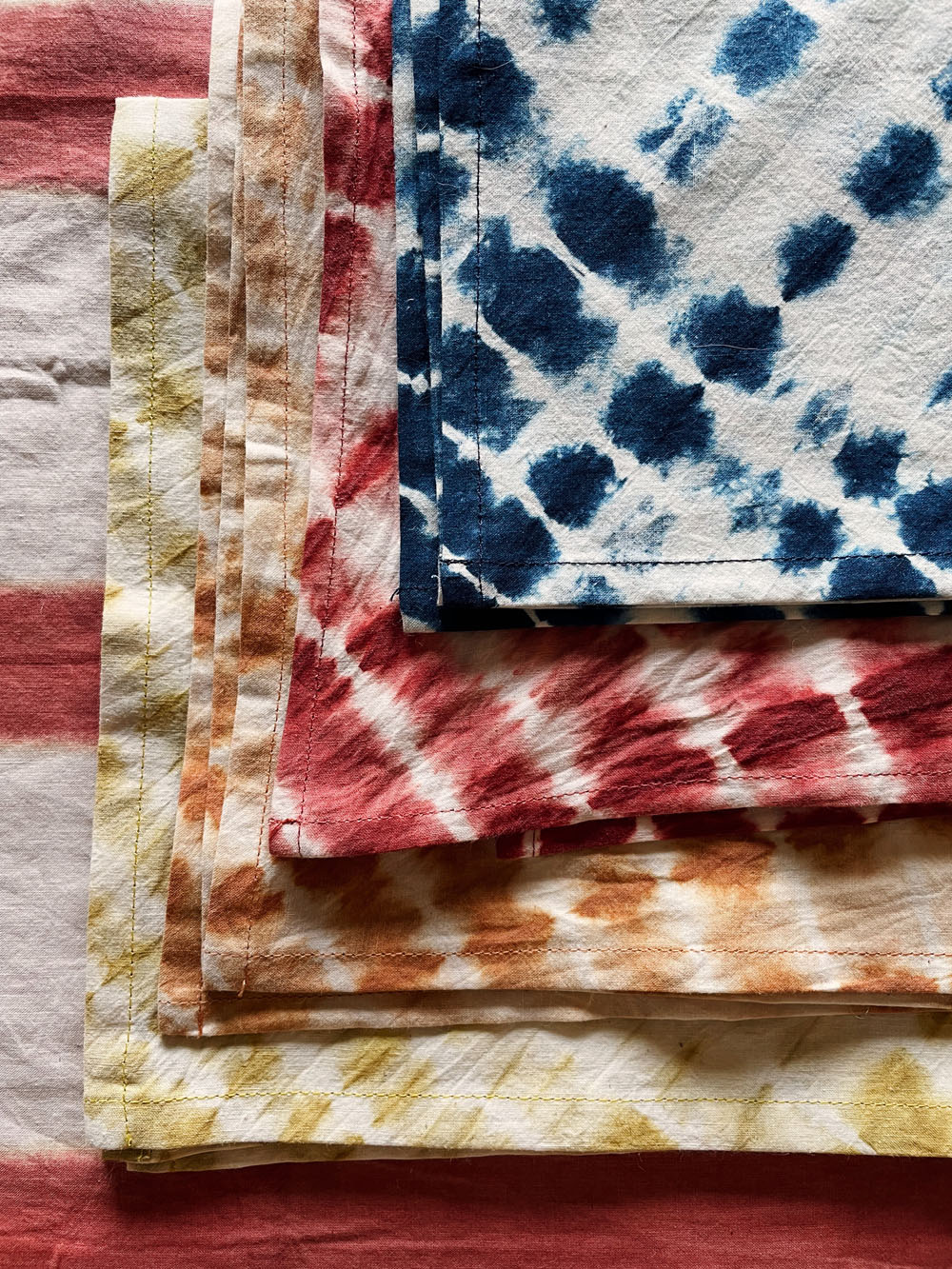
What do your holiday tables look like? Do you go for traditional seasonal colors or something more surprising?
By the way, if you’re considering a zero waste swap for the new year, I definitely recommend ditching paper towels for a good set of cotton or linen napkins. I swapped a few years ago and never went back. Not only does it reduce waste, but meals feel just a bit fancier because of it!
Shop at terraklay.com and be sure to head over to Insta for a chance to win a set of your own!

